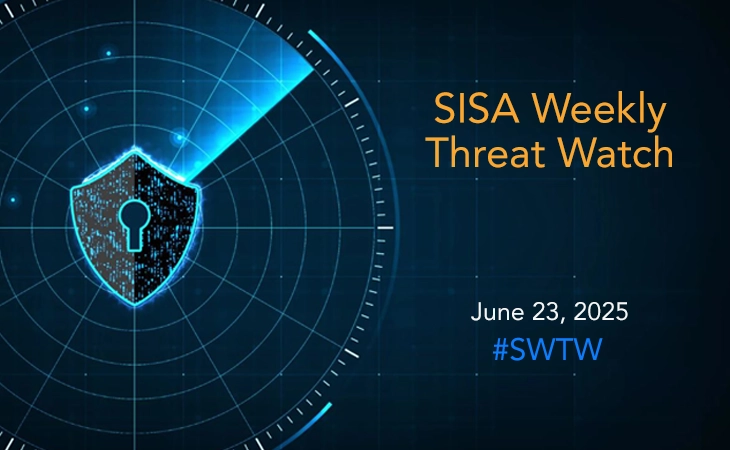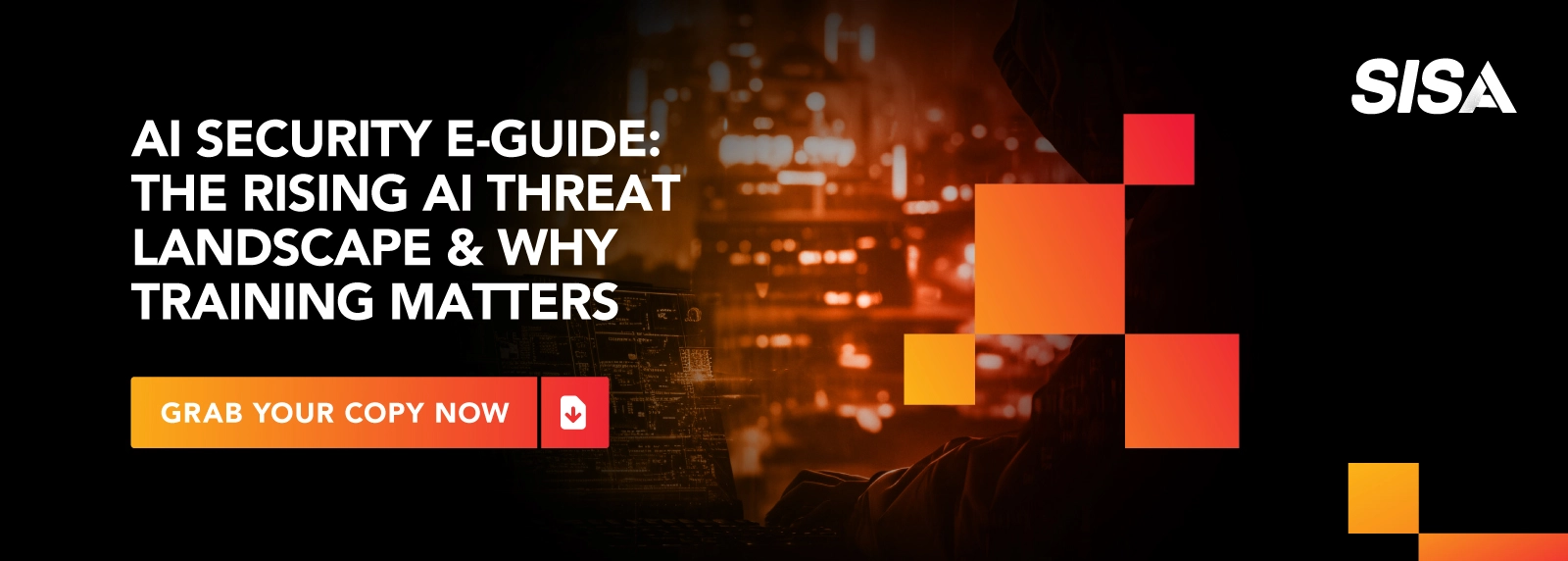As companies integrate an ever-expanding array of IoT devices into their operational fabric, they open doors to new, sophisticated threats that can compromise sensitive data and disrupt operations. Understanding and managing these IoT security risks is not merely a technical endeavour but a strategic business imperative.

 USA
USA India
India APAC
APAC Middle East
Middle East Global
Global


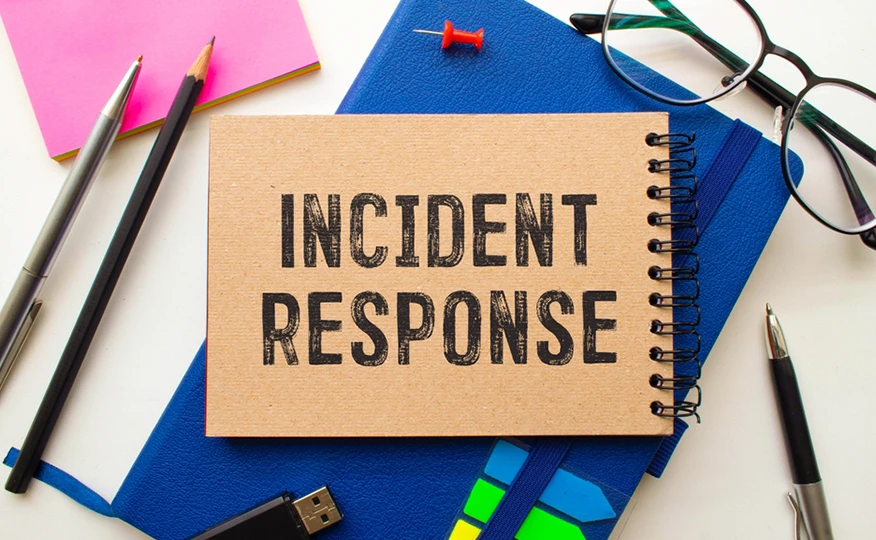

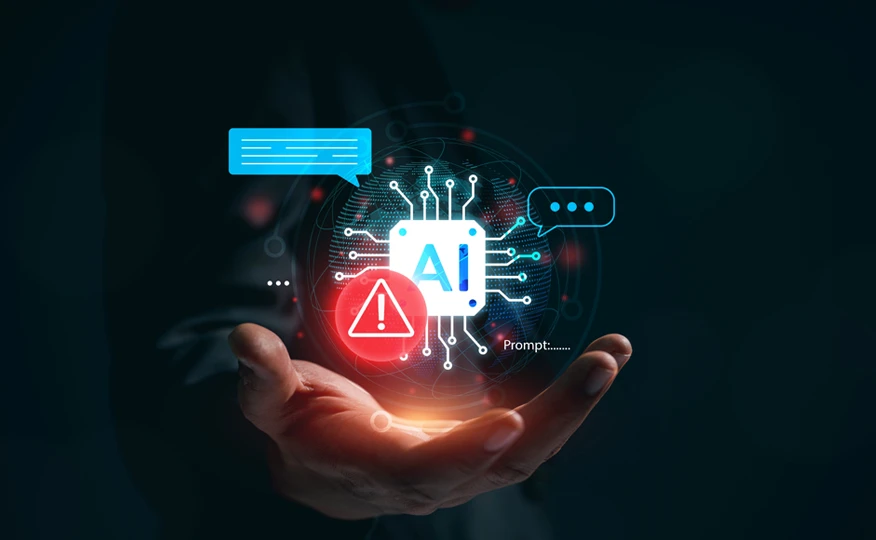
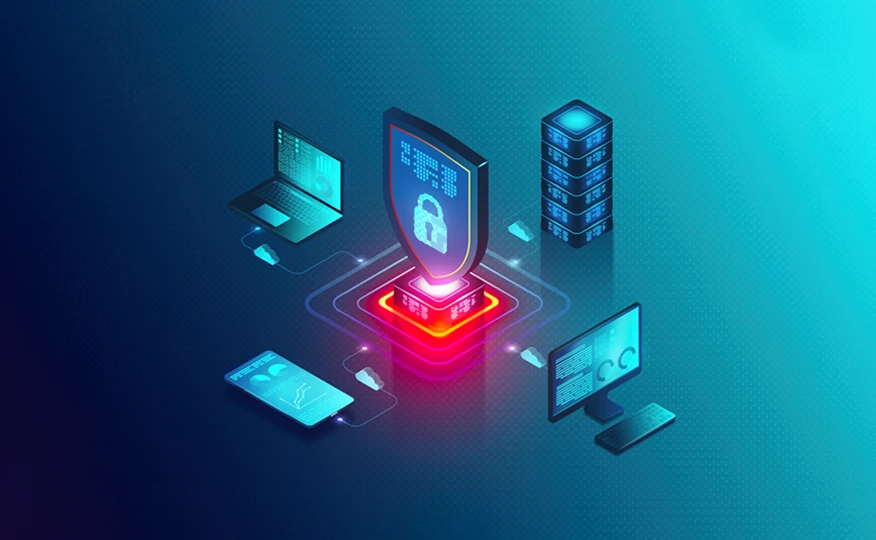
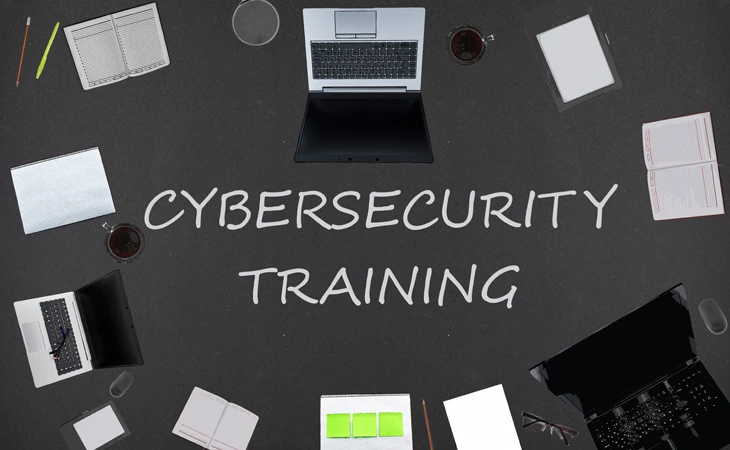

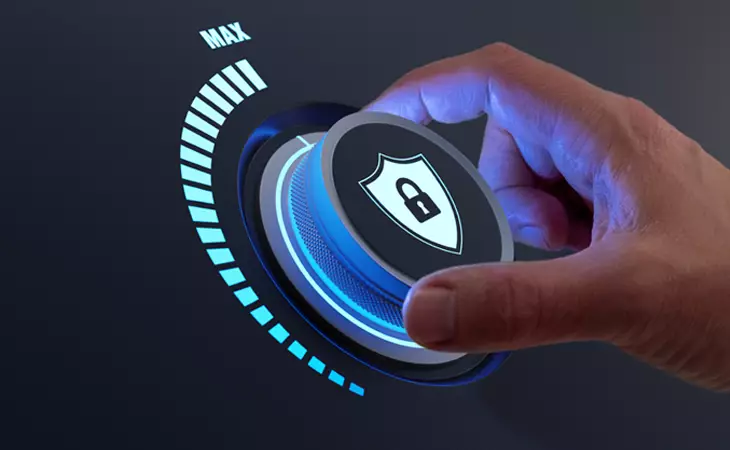

 Facebook
Facebook Linkedin
Linkedin  X
X Youtube
Youtube

